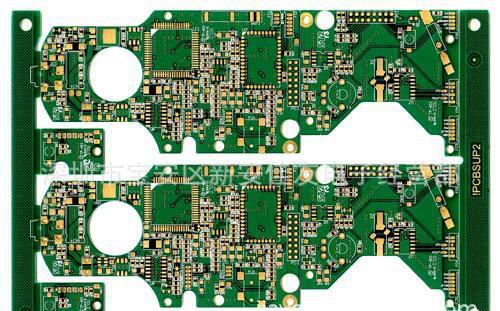 +86 755 2794 4155
+86 755 2794 4155  sales@knownpcb.com
sales@knownpcb.com
-
Shenzhen KNOWNPCB Technology Co., Ltd.
 +86 755 2794 4155
+86 755 2794 4155  sales@knownpcb.com
sales@knownpcb.com
 2025-05-21
2025-05-21
 662
662

Signal integrity analysis of PCBs is a critical process in modern electronic design, ensuring that electrical signals can be transmitted accurately and reliably from one point to another on the PCB. With the increasing complexity and operating speeds of electronic systems, maintaining signal integrity has become more challenging, and comprehensive analysis techniques are required.
The first step in signal integrity analysis is the understanding of signal characteristics. Signals on PCBs can be classified into analog and digital signals, each with its own unique requirements for integrity. Analog signals are more sensitive to noise, distortion, and attenuation, while digital signals are affected by issues such as signal delay, jitter, and reflections. For example, in high - speed digital circuits, a small amount of signal delay or jitter can cause errors in data transmission, leading to system failures.
One of the key aspects of signal integrity analysis is the study of transmission lines. PCBs contain numerous traces that act as transmission lines for electrical signals. The impedance of these transmission lines must be carefully controlled to minimize signal reflections. When a signal encounters a change in impedance, such as at a trace discontinuity, a connector, or a component, part of the signal is reflected back towards the source. This reflection can distort the original signal and cause signal degradation. To address this, techniques such as impedance matching are employed. By ensuring that the impedance of the trace matches the impedance of the source and the load, reflections can be minimized. This may involve adjusting the width and length of the traces, using impedance - controlled PCBs, or adding termination resistors.
Another important factor in signal integrity analysis is crosstalk. Crosstalk occurs when signals on adjacent traces interfere with each other due to electromagnetic coupling. As the density of traces on PCBs increases, crosstalk becomes a more significant issue. To analyze and mitigate crosstalk, designers use techniques such as increasing the spacing between traces, routing traces at right angles to each other, and using shielding or ground planes to isolate signals. Additionally, simulation tools can be used to predict crosstalk levels and optimize the PCB layout before physical fabrication.
Power integrity is also an integral part of signal integrity analysis. The power supply on a PCB must be stable and free from noise to ensure that components receive the correct voltage levels. Voltage drops, ripples, and noise in the power supply can cause components to malfunction or lead to signal degradation. Analyzing power integrity involves examining the power distribution network on the PCB, including the design of power planes, the placement of decoupling capacitors, and the routing of power traces. By ensuring a stable power supply, the overall signal integrity of the PCB can be enhanced.
In modern PCB design, advanced simulation tools are widely used for signal integrity analysis. These tools can model the behavior of signals on the PCB, taking into account factors such as trace geometry, component characteristics, and environmental conditions. By using these simulations, designers can identify potential signal integrity issues early in the design process and make necessary modifications to improve the performance and reliability of the PCB.

Or call +86 755 2794 4155
Inquiry Now

